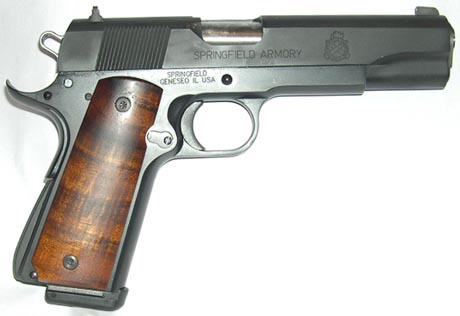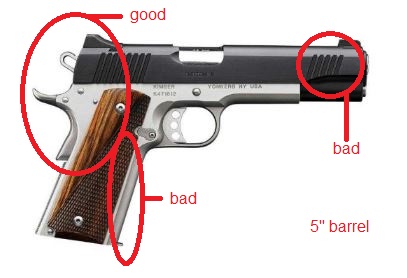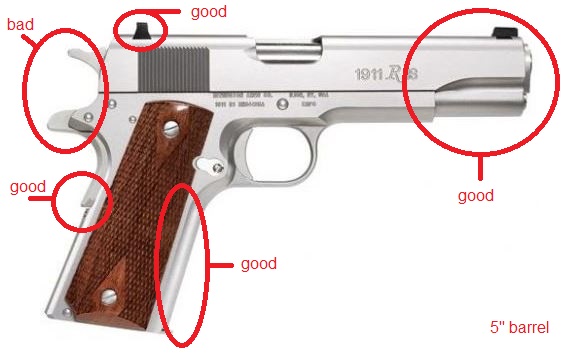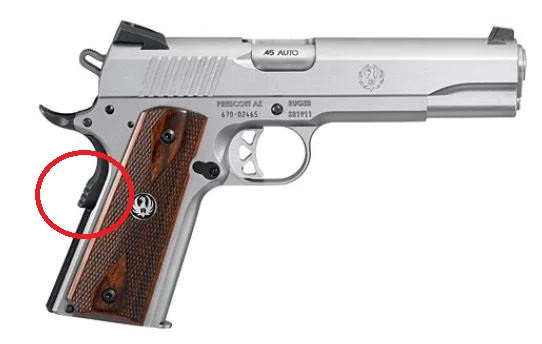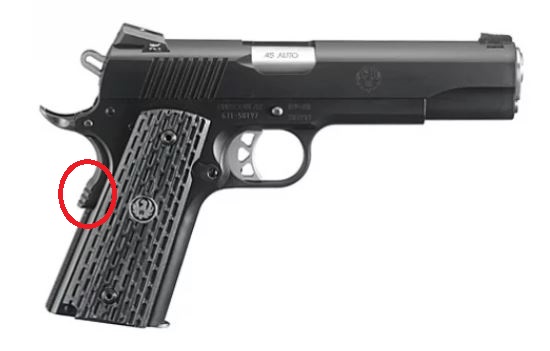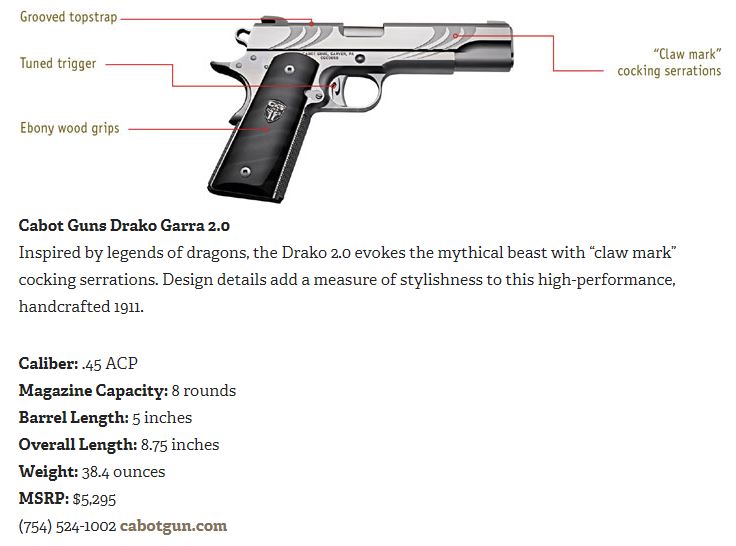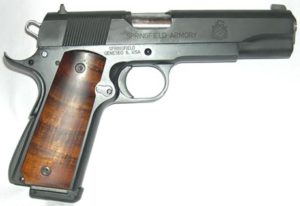As any fule (and Longtime Readers. no overlap) will attest, I am not a fan of either of the NATO cartridges, be it the 9mm Europellet or the 5.56mm poodleshooter. I have been assailed for such beliefs, e.g. “The military uses them, dude!” (as if the armed forces of any nation always make the best decisions when it comes to arming their soldiers). The only good thing about that situation is that it makes the ammo cheaper.
But hey, what do I know? So as the title suggests, try this guy’s opinion (he’s a former combat medic) instead of mine. It contains such gems as:
In just about every country I have been in, our host nation counterparts — army and police — used the 9X19 NATO round. Because so much of what I did was house-to-house police searches, I’ve seen a lot of pistol shootings, much more than US police would ever see, and much more than experienced by most medics deploying solely with US personnel. And yet, I have zero, not one single experience, where a single gunshot wound from a 9X19 NATO round killed someone prior to them being able to return fire or flee. This includes people shot in the chest, back, back of the head (one hit behind the left ear) the neck and the face. None.
That’s the Europellet. Now for the poodleshooter:
Unfortunately, the same goes for the 5.56 NATO round. I have yet to witness a single shot quick kill with this round. I even recorded a patient shot from less than three feet away, square in the back of the head, who lived. The round did not exit his body. Yes, he was immediately rendered unconscious and required (might I say exceptional) medical treatment. He was comatose for at least six months after that, but he lived.
But more importantly, in every experience, at ranges from zero (negligent discharges) to 35 yards (my closest, and worst-placed, shot on a person) to 400 yards (our average initial engagement distance in Afghanistan) individuals shot with a single 5.56 NATO round had time to fire, maneuver, or both. Did I see single shots that killed eventually? Yes. Does that matter in combat? Not one damn bit if you are the one they are still shooting at.
I’ve said many times before that I’m not in the market for an AR-15 because poodleshooter. (I know, “Get an AR-10 in 7.62 NATO, Kim!” — I already have an AK-47, thankee.)
As the man says:
“Shoot the heaviest rifle round…shoot at what (you) can hit, and then shoot it again”
Ditto for my handgun loads.
I acknowledge that of late I’ve been flirting with the idea of carrying my 9mm High Power instead of the .45 ACP 1911 as my primary self-defense handgun. After reading the above… let’s just say that I’m just going to get more of those .45 ACP 185-grain zingers. And shoot a lot more than I’m currently doing (which means I’m going to have to get that “backup” 1911 soon).
And now, if you’ll excuse me… it’s Range Time.

